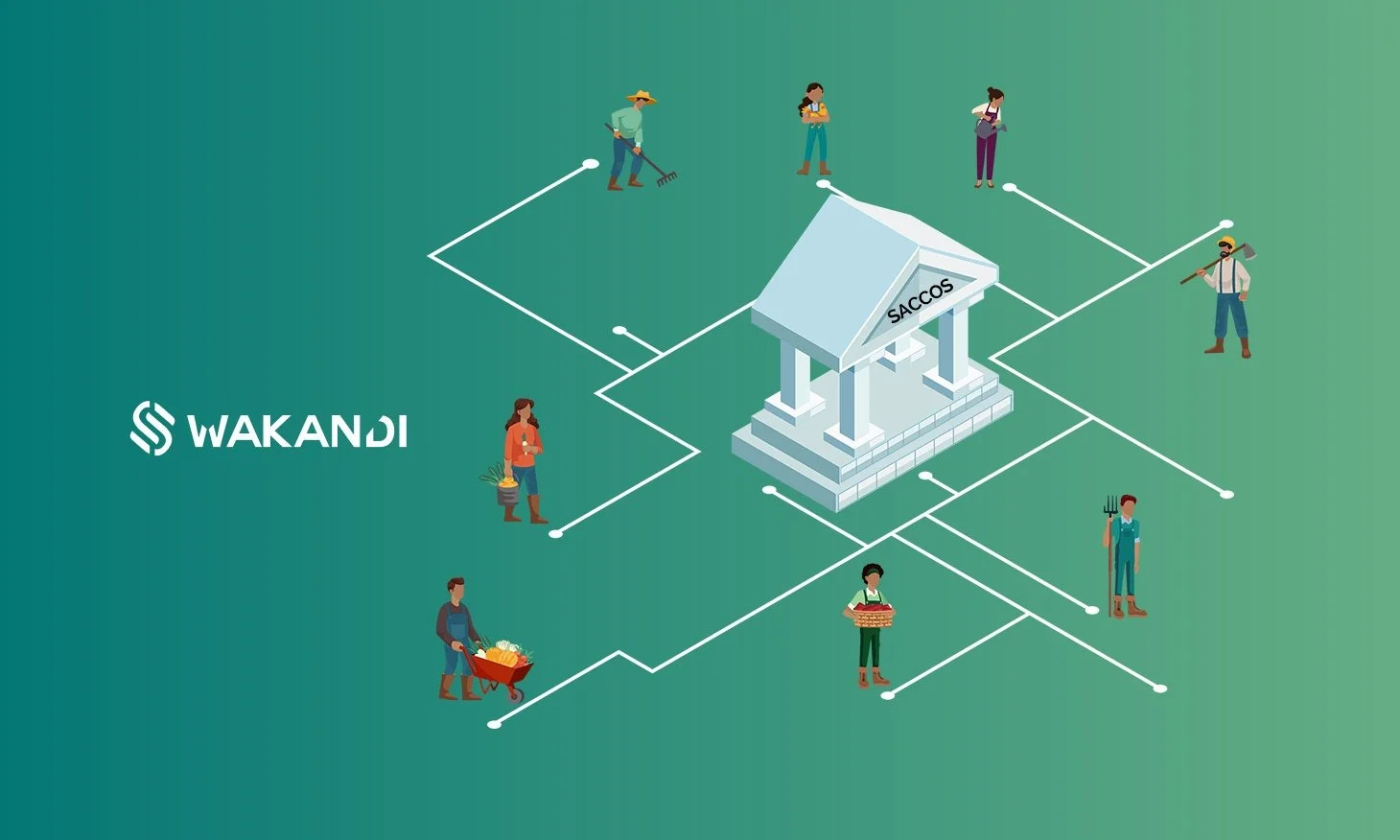Cooperative societies reducing poverty in Kenya

Although Kenya is the largest and most developed economy in eastern and central Africa, 36.1% (2016) of its population lives below the poverty line. This is definitely a decline from the year 2006 when the poverty rate was as high as 46.8%. That said, Kenya has long struggled with poverty.
In response, the global campaign against poverty has gained momentum in recent years. World organizations such as the United Nations (UN), the International Labour Organization (ILO), and the European Union (EU) have been suggesting different plans to curb poverty in Africa. They believe cooperative enterprise is amongst the organizations that meet all dimensions of poverty.
Cooperatives like SACCOS and Chamas can act as a force against poverty and exclusion. They are believed to have the advantage of identifying opportunities for the poor and empowering them with financial resources and security.
Know more: The importance of SACCOs in the Kenyan economy
These institutions have emerged as a potential solution to support the people in Kenya in the time of the pandemic. They generally provide loans to their members without any collateral and minimal paperwork. Trust and social responsibilities towards other members act as a base for these groups. They have helped people, especially in rural areas with credit and savings facilities and financial security.
The impact of COVID-19
COVID-19 had a back-breaking impact on the informal economy in Kenya. The pandemic severely affected the highest performing agricultural sector, household workers, and small businesses.
Lost income – Most people, relying on small businesses and agriculture saw a decline in their income. Their business capital was also reduced, leading to a lack of business opportunities. The easing of lockdown restrictions has now allowed them to return back to work.
Unemployment – Several sole bread earners in the house lost their jobs as a result of COVID-19 restrictions. They had to remain unemployed for several months until movement restrictions were lifted. Moreover, they had to rely on other sources of income to sustain families.
Limited expenditure – Due to loss of income and business, a number of households had to restrict their spending on food, mobile phone recharges, and transportation, etc.
Most households and business owners had to rely on loans and credit facilities for survival during the pandemic. That is where cooperative societies played a crucial role. They were amongst the major sources of short-term funds.
SACCOS, Chamas, and other IFGs have helped people to arrange money for food and necessities by providing affordable credits. This was in the time when people couldn’t go to banks and involve in long processes.
Bringing inclusive growth in Kenya
The need for affordable financial services for people has risen dramatically. People with low income or living below the poverty line are looking for affordable financial solutions to raise living standards and boost overall well-being.
Cooperative societies in Kenya can lead to more inclusive growth, especially helping the poor. They can help close the gap by enabling financial services for all. Moreover, they can contribute directly towards curbing poverty by offering their services. This will lay a positive impact on socio-economic development, leading to reducing in poverty rates.

Comments